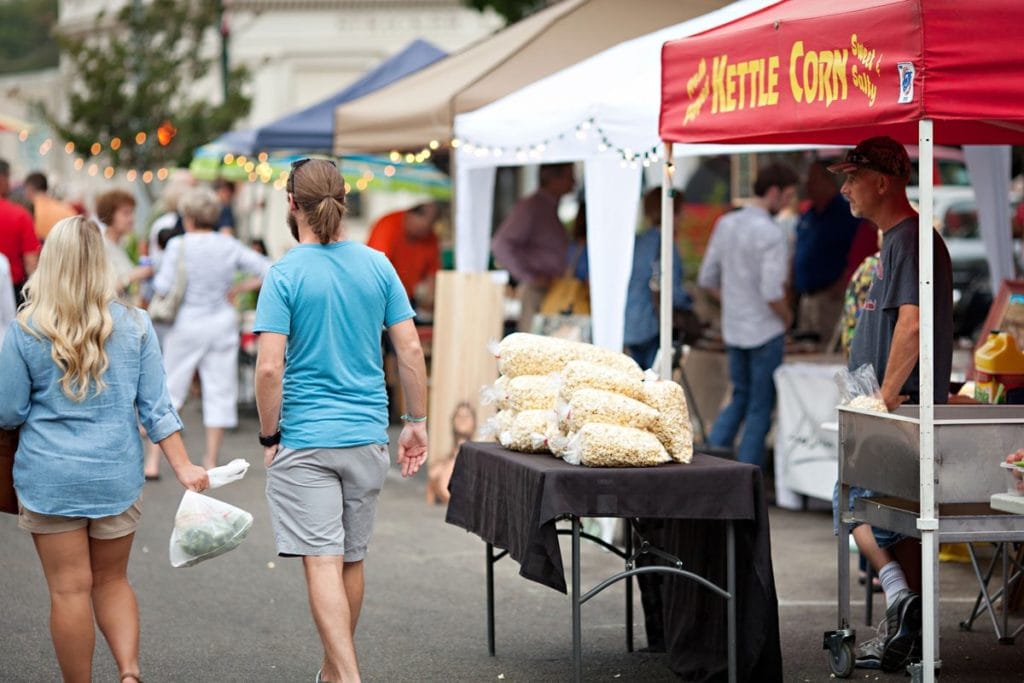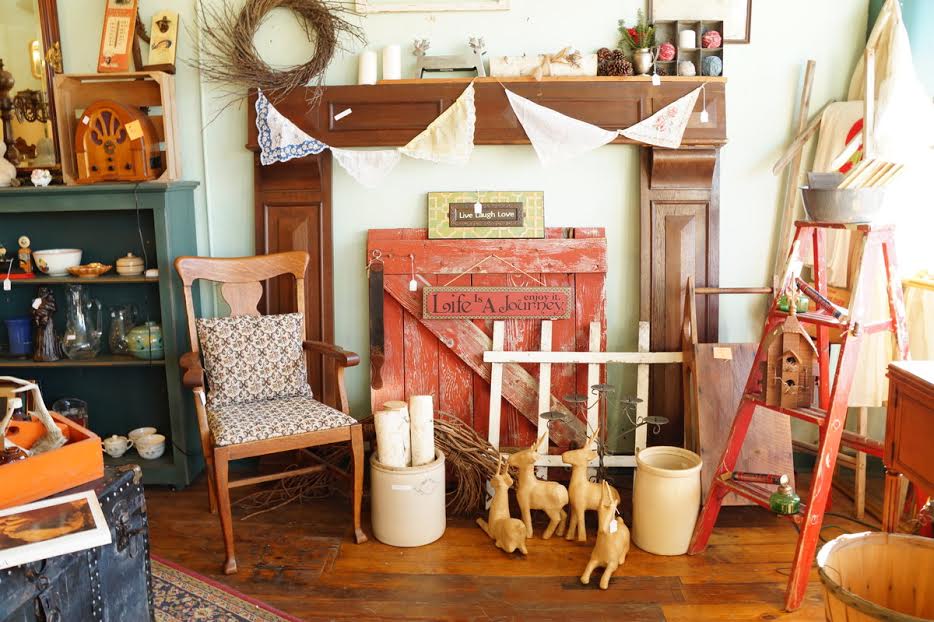

Uh oh...
It appears that you're using a severely outdated version of Safari on Windows. Many features won't work correctly, and functionality can't be guaranteed. Please try viewing this website in Edge, Mozilla, Chrome, or another modern browser. Sorry for any inconvenience this may have caused!
Read More about this safari issue.

As a response to urban sprawl, cities in Arkansas (and nationwide) are reexamining the value of their downtown area with mixed use spaces, including single and multifamily housing as well as dining, shopping and entertainment.
Urban sprawl in when city populations spread to rural land and has many negative impacts, such as higher water and air pollution, increased traffic fatalities and jams, loss of agricultural capacity, increased car dependency, higher taxes, increased runoff into rivers and lakes, harmful effects on human health, increased flooding, decrease in social capital and loss of natural habitats, wildlife and open space.
The decline of downtown areas began in the 1960s and continued until the 1990s, during which time urban sprawl became the norm. By the time public interest returned to historic downtown spaces, a lot of damage had already been done. Buildings had fallen into disrepair, and some were demolished. Many parts of town history were lost forever.

These days throughout the state, crumbling facades of buildings that were once the pride of the city are slowly being renovated by investors. Grants are also available to cities who do not want to see their rich history lost to the wrecking ball. Main Street Arkansas has a Historic Preservation Program to help create economic development in downtown spaces by offering solutions to common issues.

Among the many Arkansas towns seeing a resurgence in their downtown spaces, Jonesboro stands out as the dynamic result of the Main Street Arkansas program. Their “Alive After Five” event occurs on the third Thursday of each month between March and November, bringing hundreds of people downtown to listen to live music and shop artisan products and farmers’ market goods. With community events, restaurants and retail shopping within walking distance of beautiful residential spaces, this city is a beacon of hope to downtown organizers just starting their journey to restoration.
Springdale is on the other end of the restoration timeline, but has recently taken a big step forward by adopting a Downtown Master Plan in 2015. By adding new public spaces, improving parks and increasing the availability of mixed use spaces, such as condos above storefronts, the downtown area seeks to return to its roots as the “Main Street of Northwest Arkansas.” While there is a lot of work ahead for this community, they are inspired by the successful return of other downtown areas.

Batesville, Helena, Fort Smith and Searcy are among other cities that are following the national trend of restoring a central downtown area. As the concern over urban sprawl grows, so does the popularity of the downtown concept. Walkable city spaces are a thing of the past and future, and hopefully this time, they are here to stay.
We want to hear about your Arkansas town’s efforts. Let us know in the comments section below.
{Header photo: Alive After Five- Photo Credit Amy Long Photography (used with permission)}
We do the work.
You check your email.
Sign up for our weekly e-news.
Get stories sent straight to your inbox!











 Leave a Reply
Leave a Reply
[…] used murals through the Fearlessly Brilliant initiative to revitalize its downtown areas. Other stops like the Rotary Centennial Park and historic hotels are also updating their facade […]